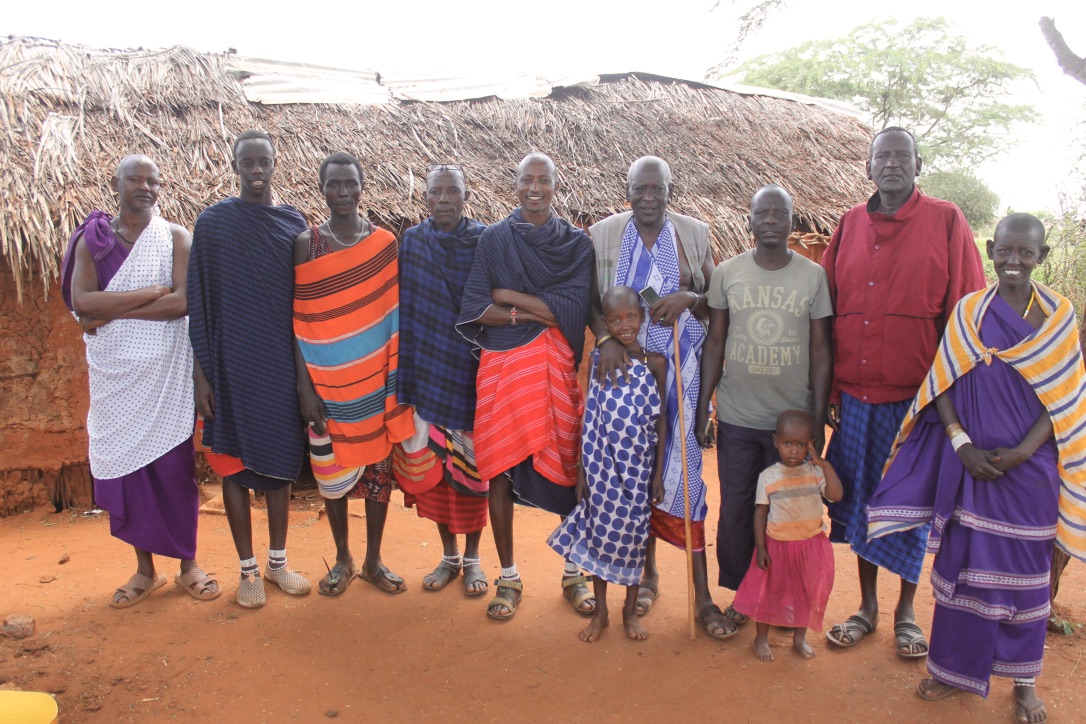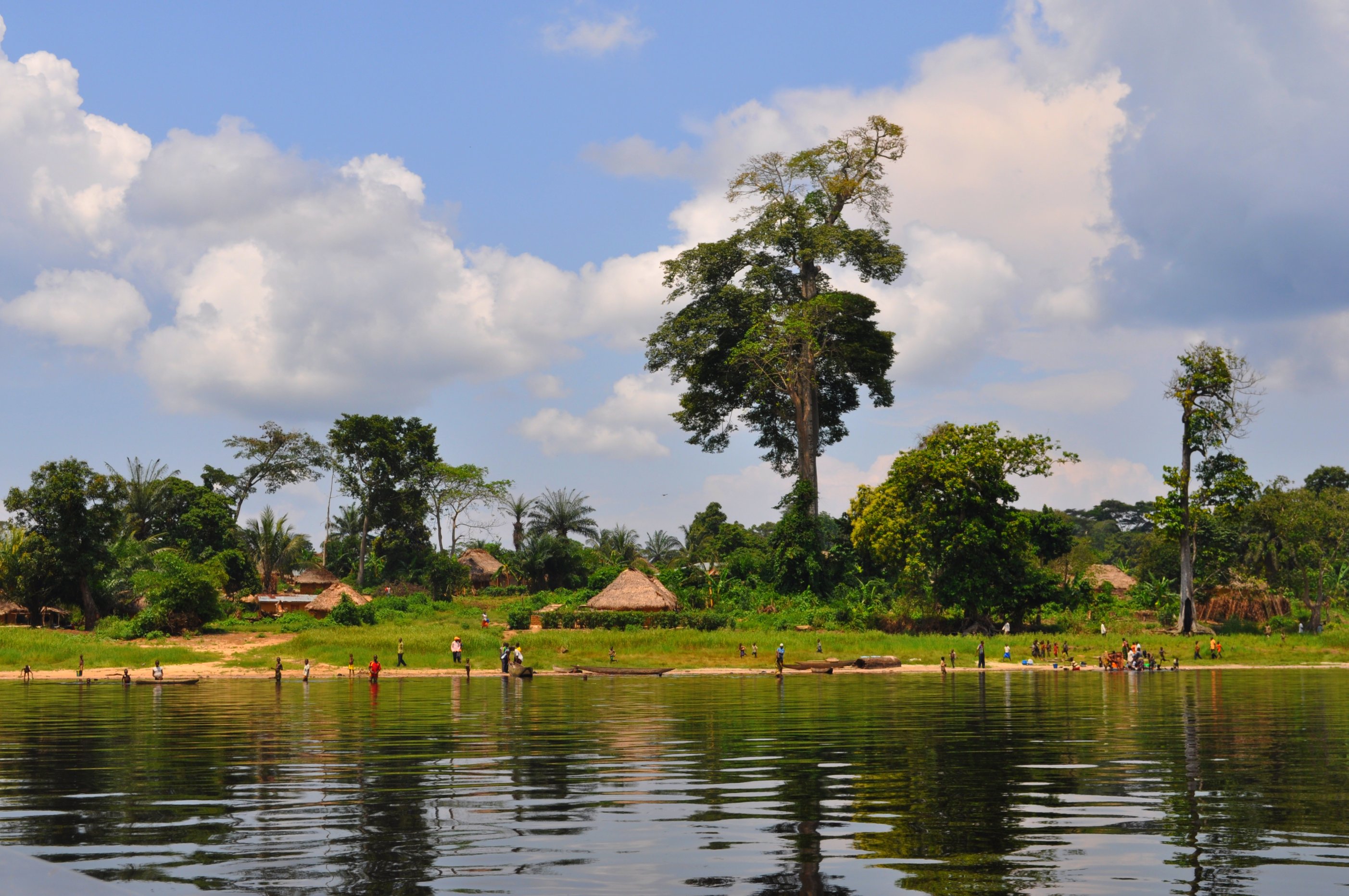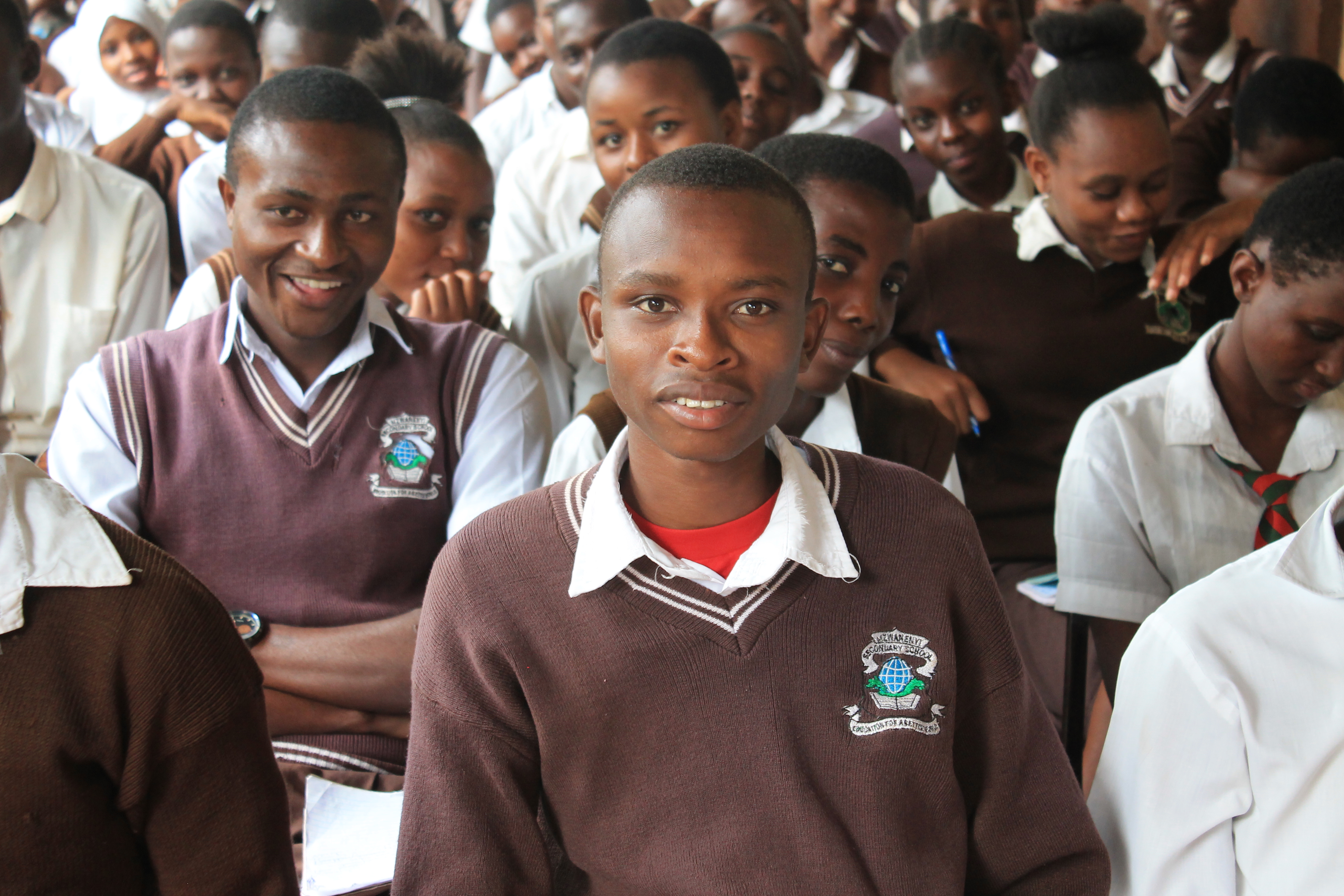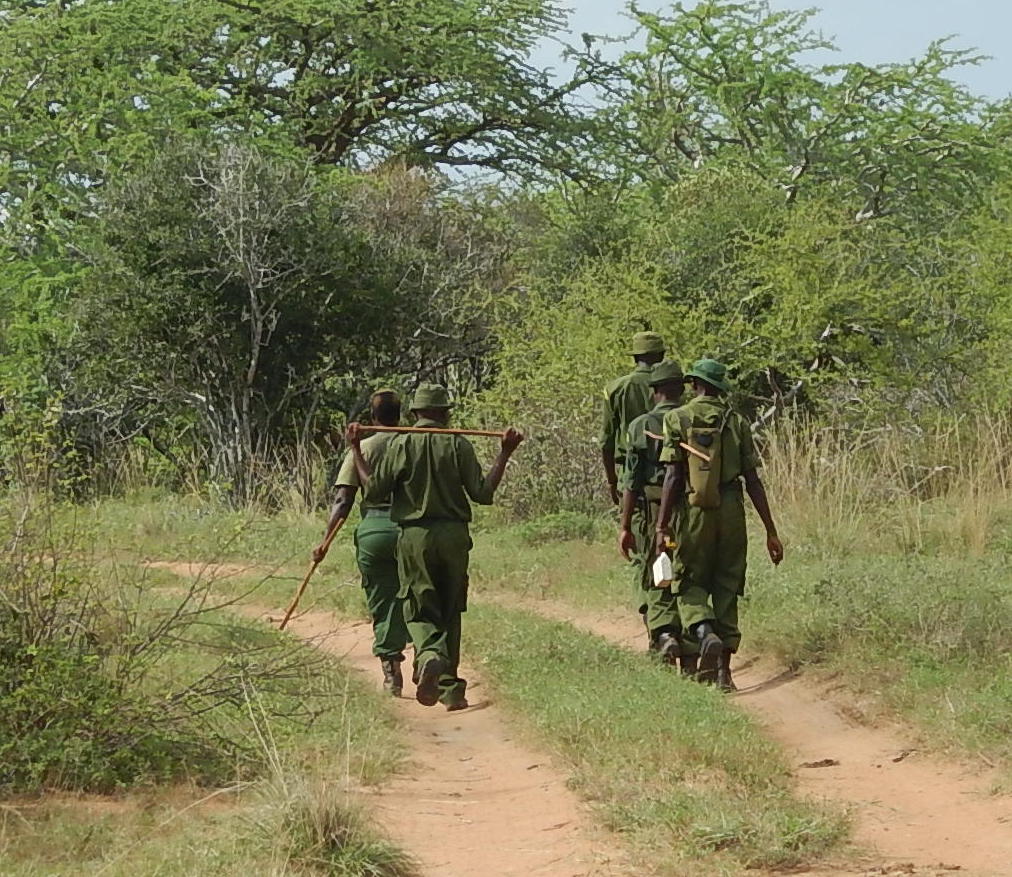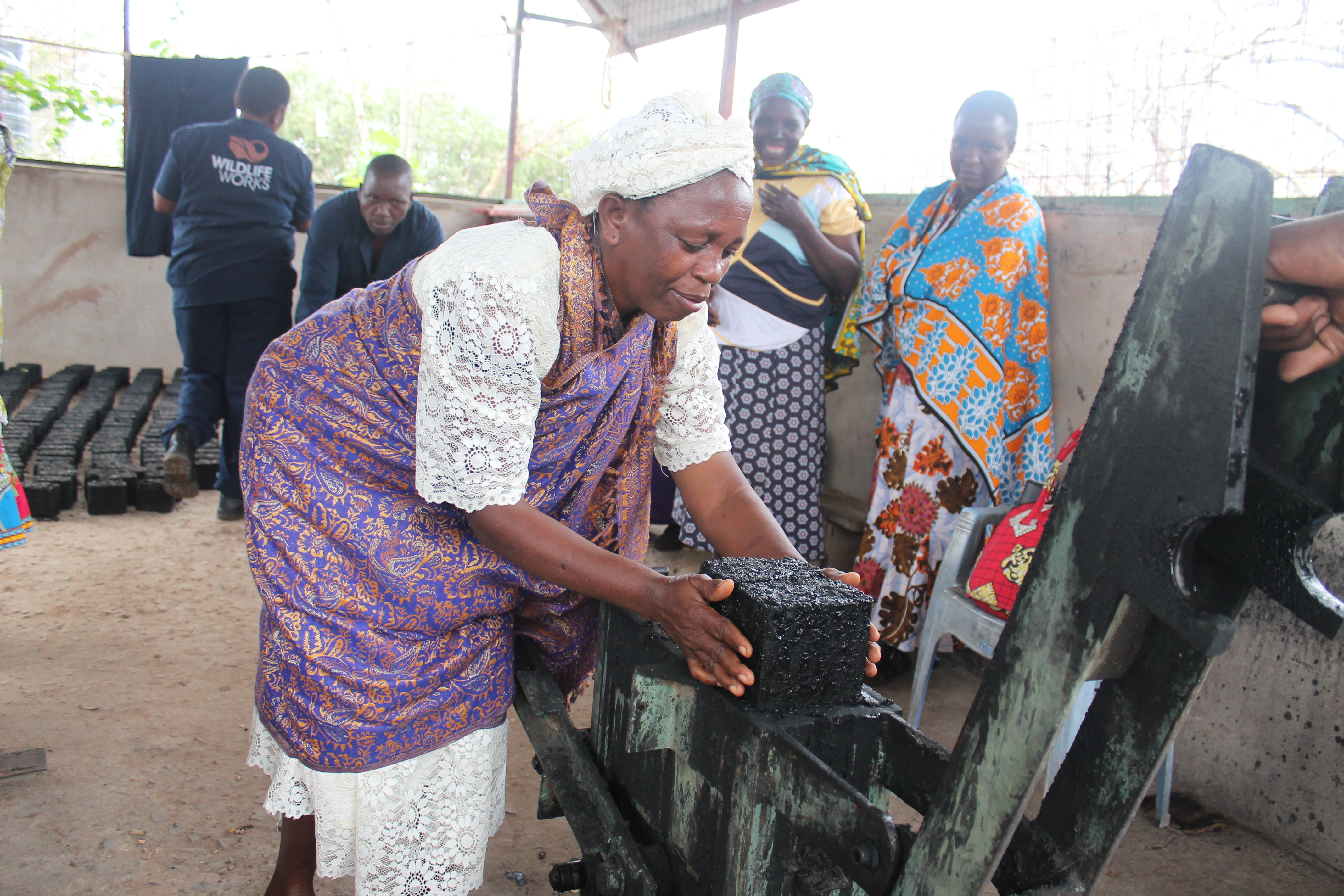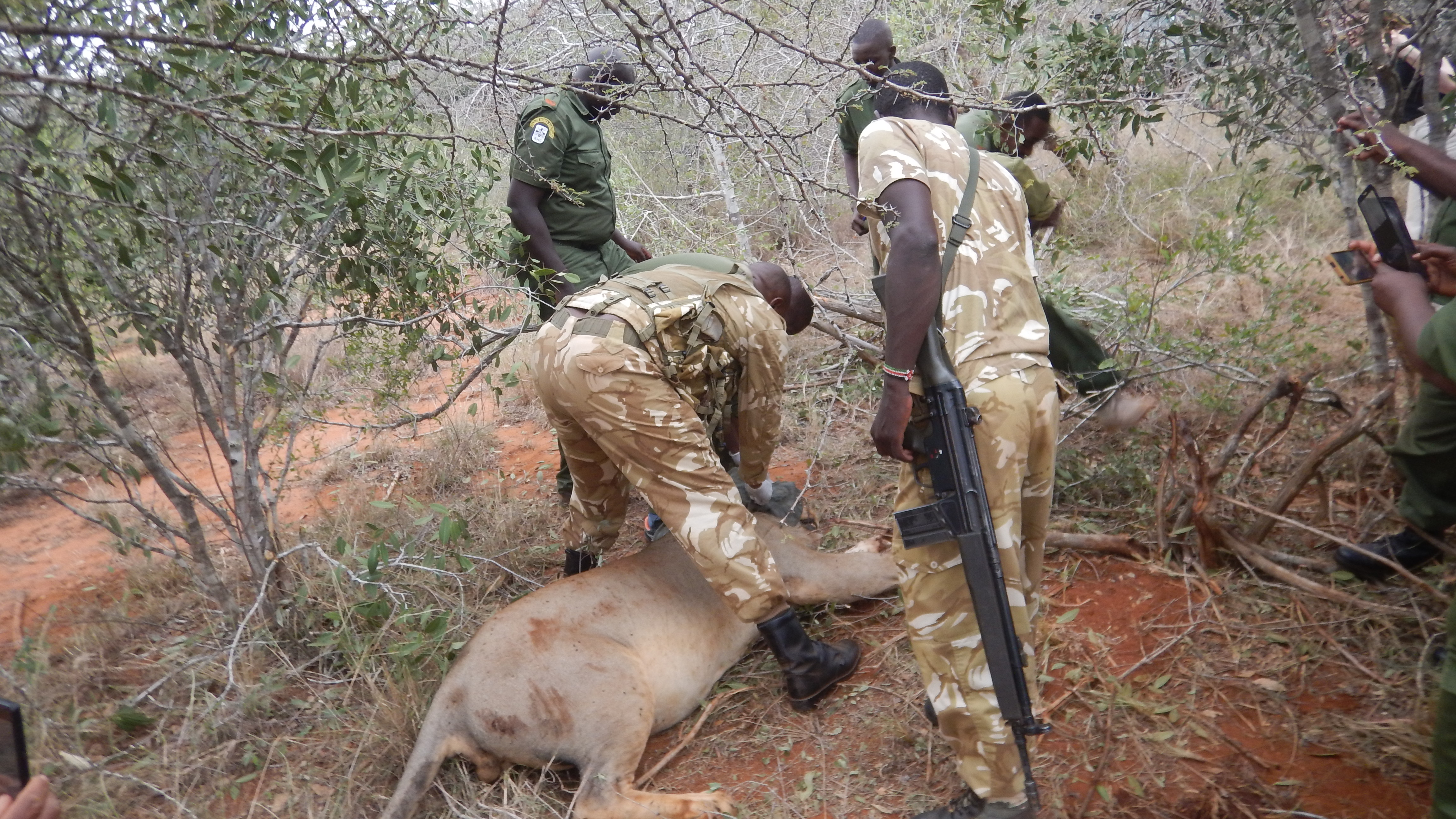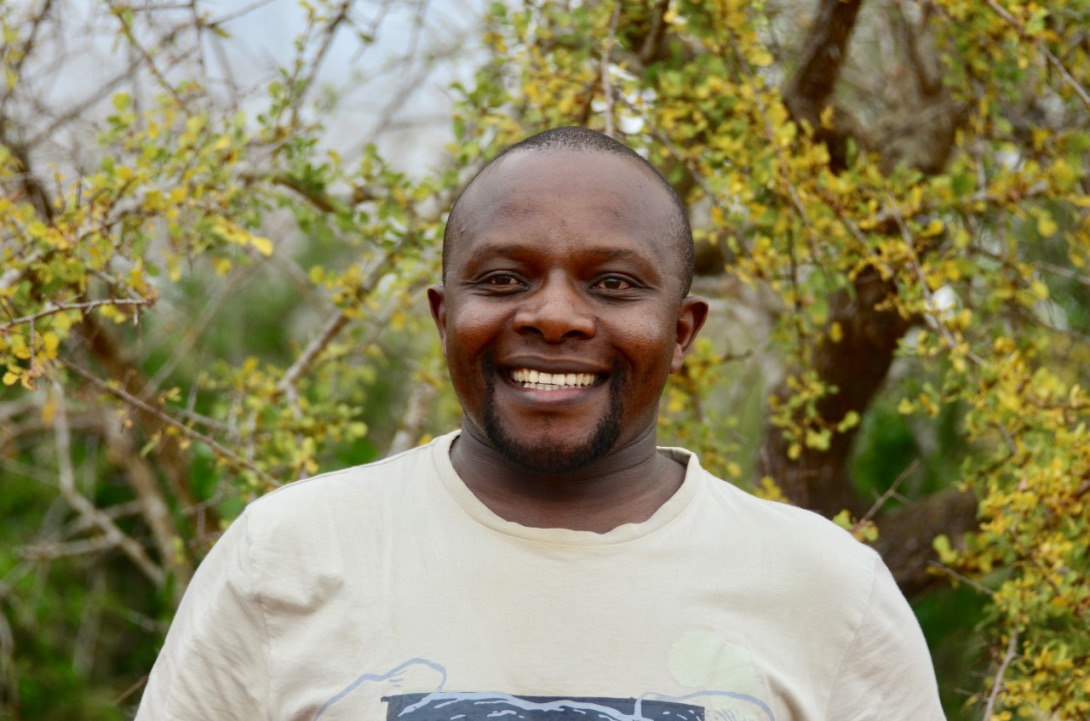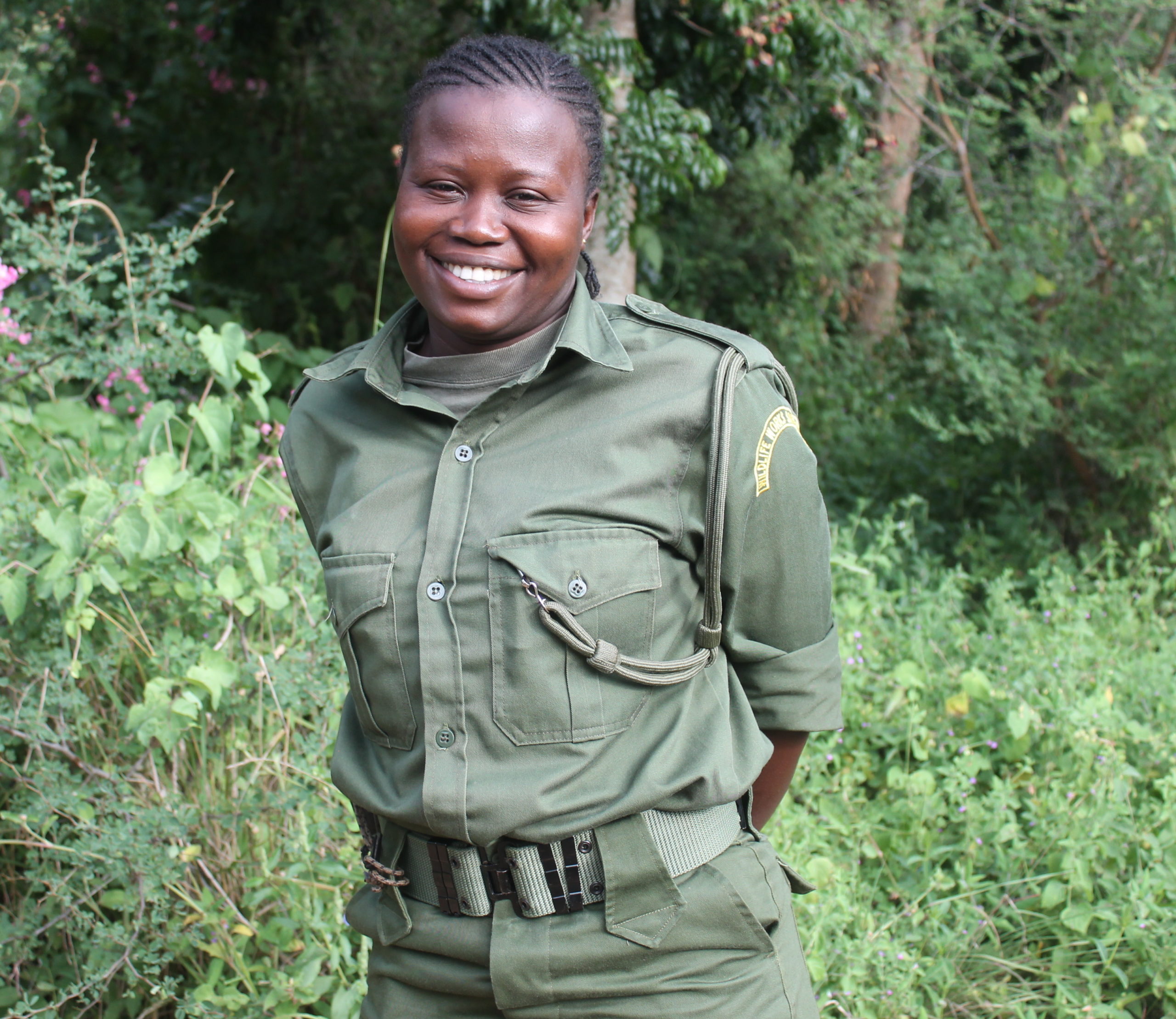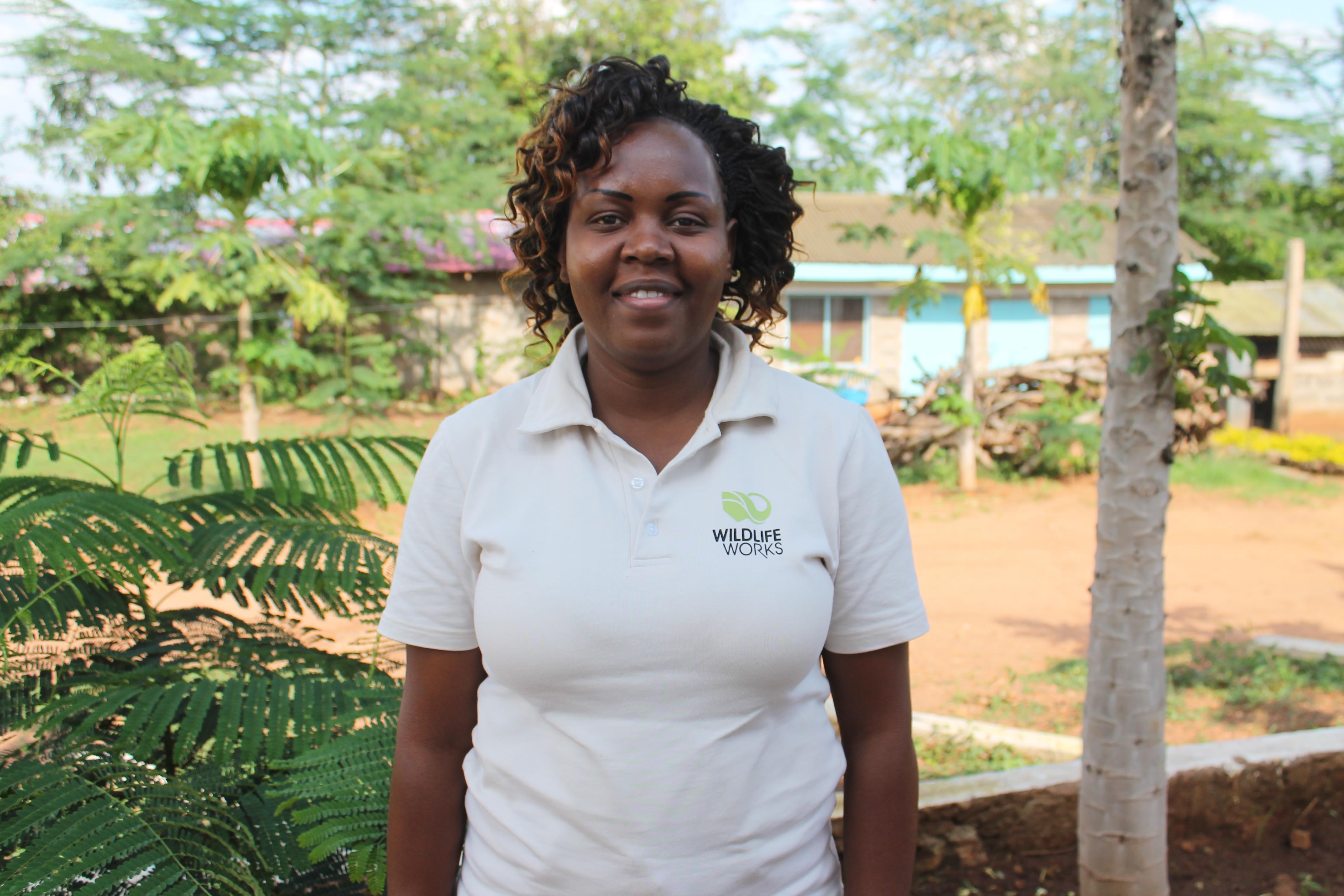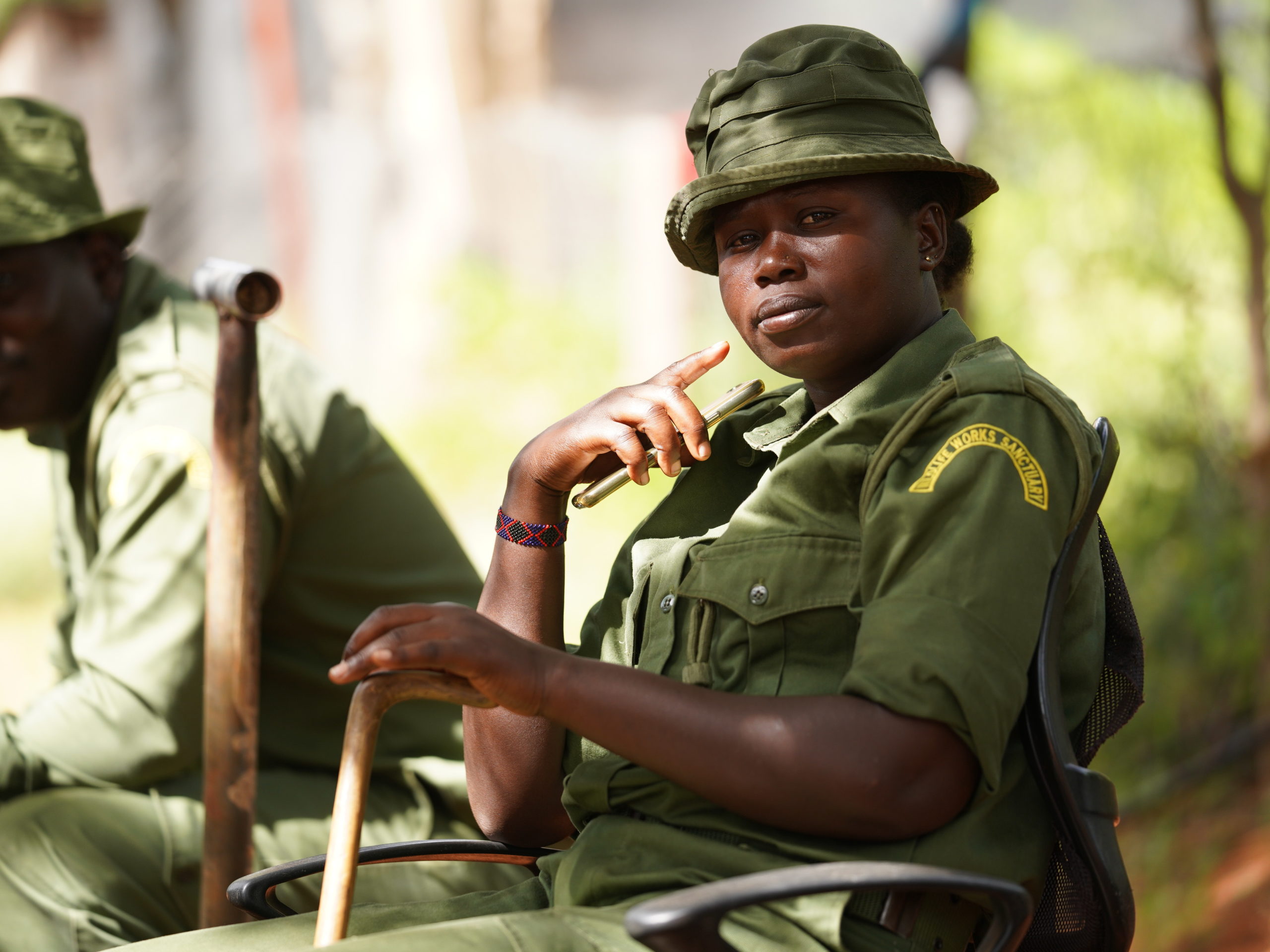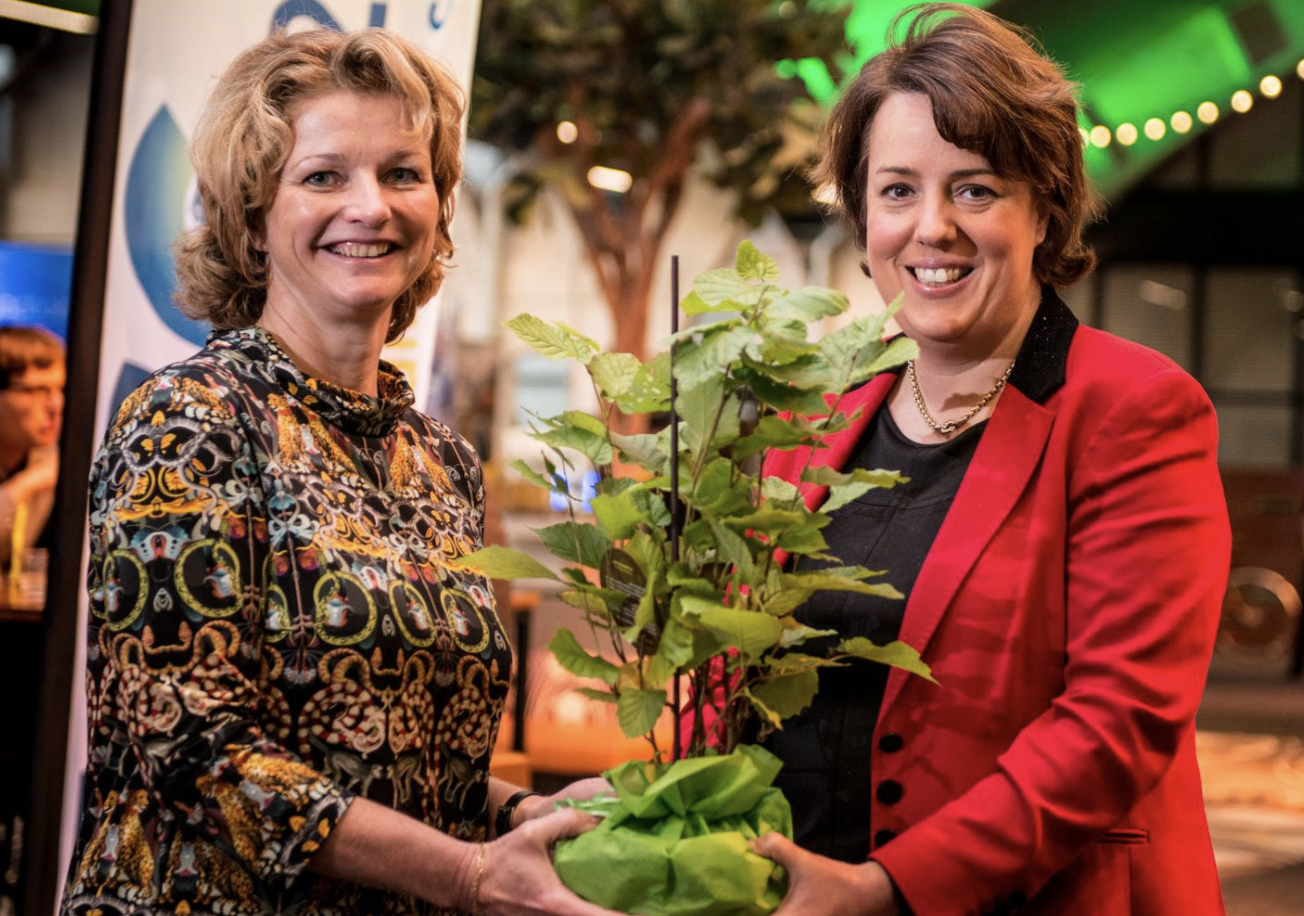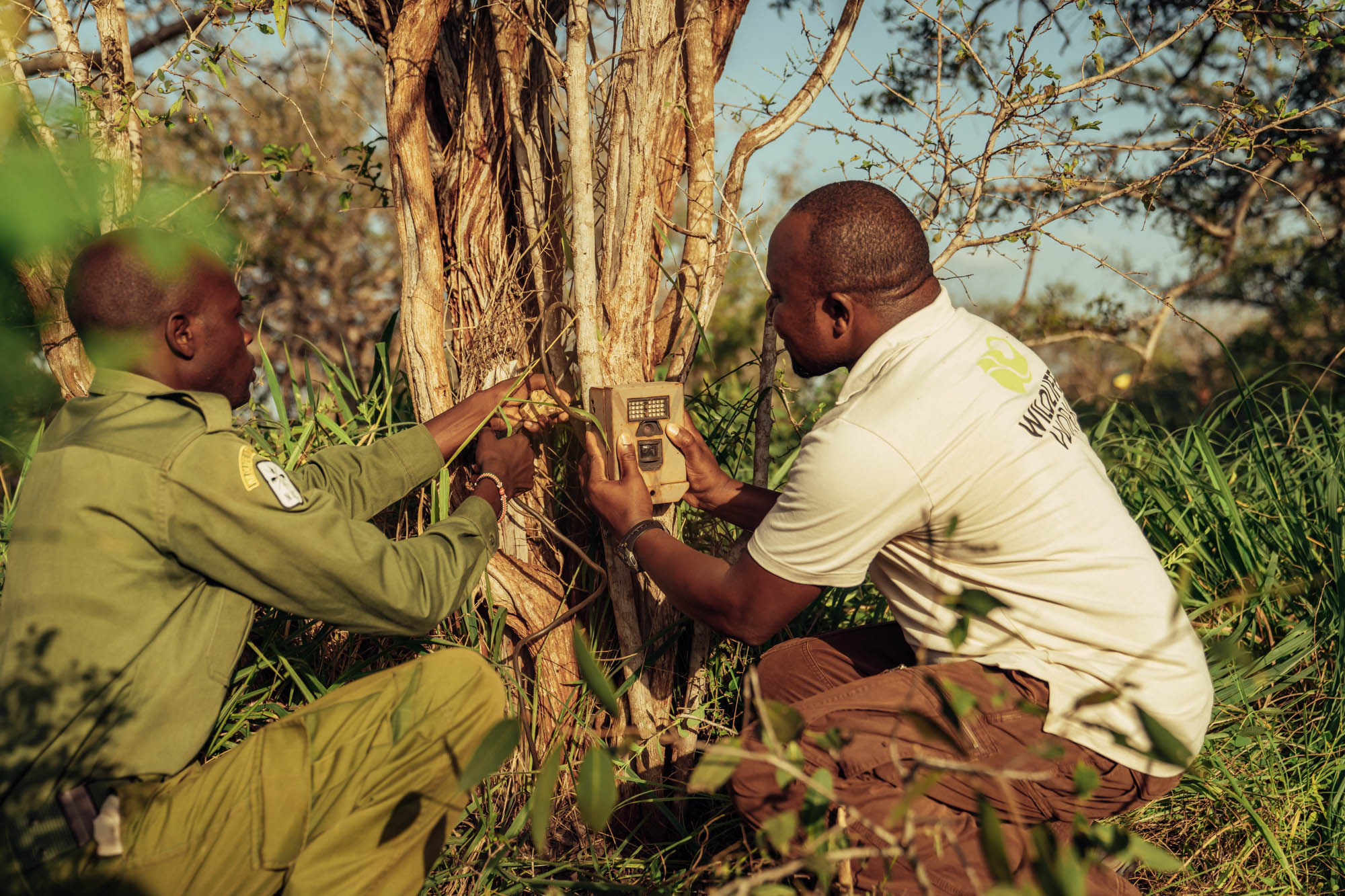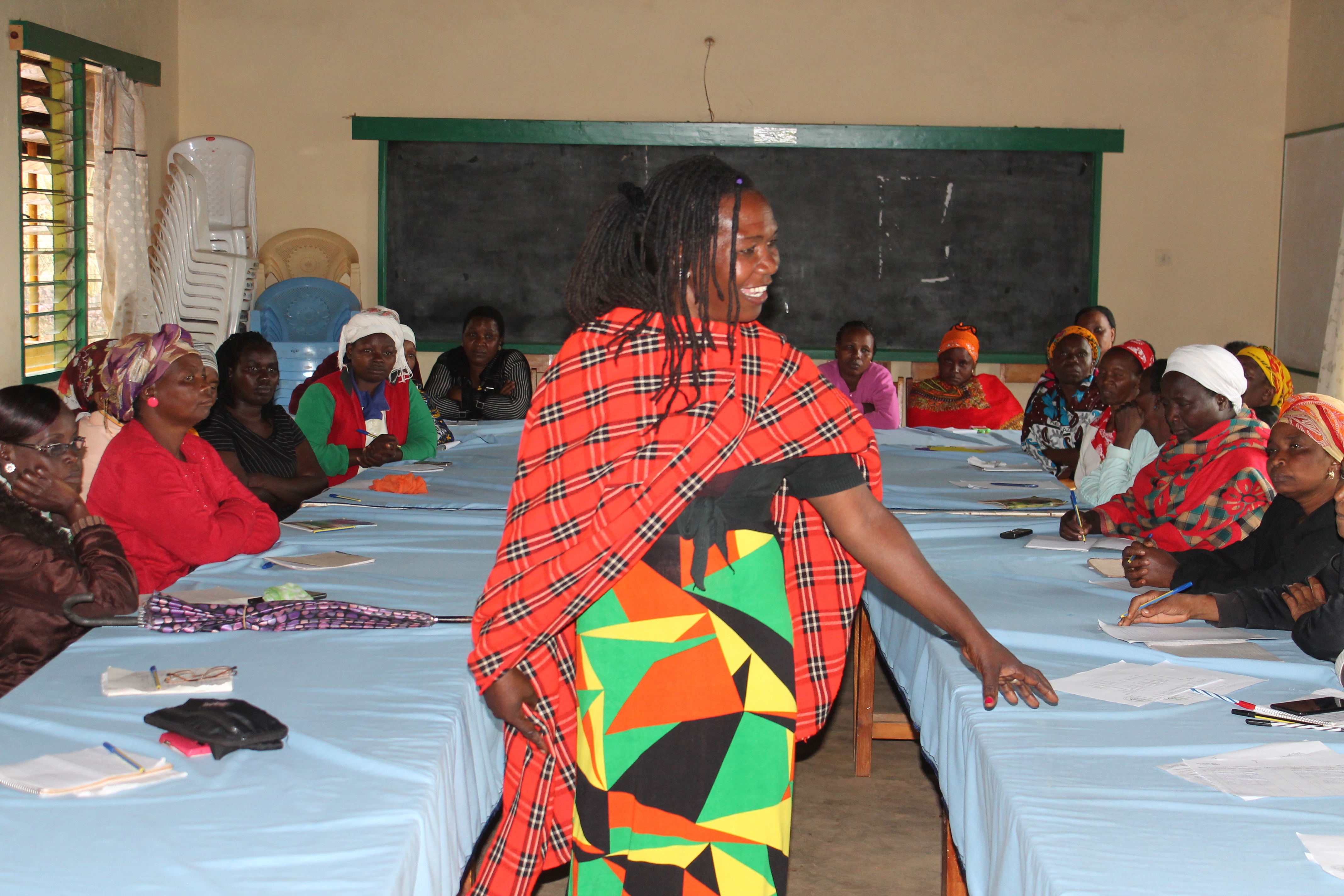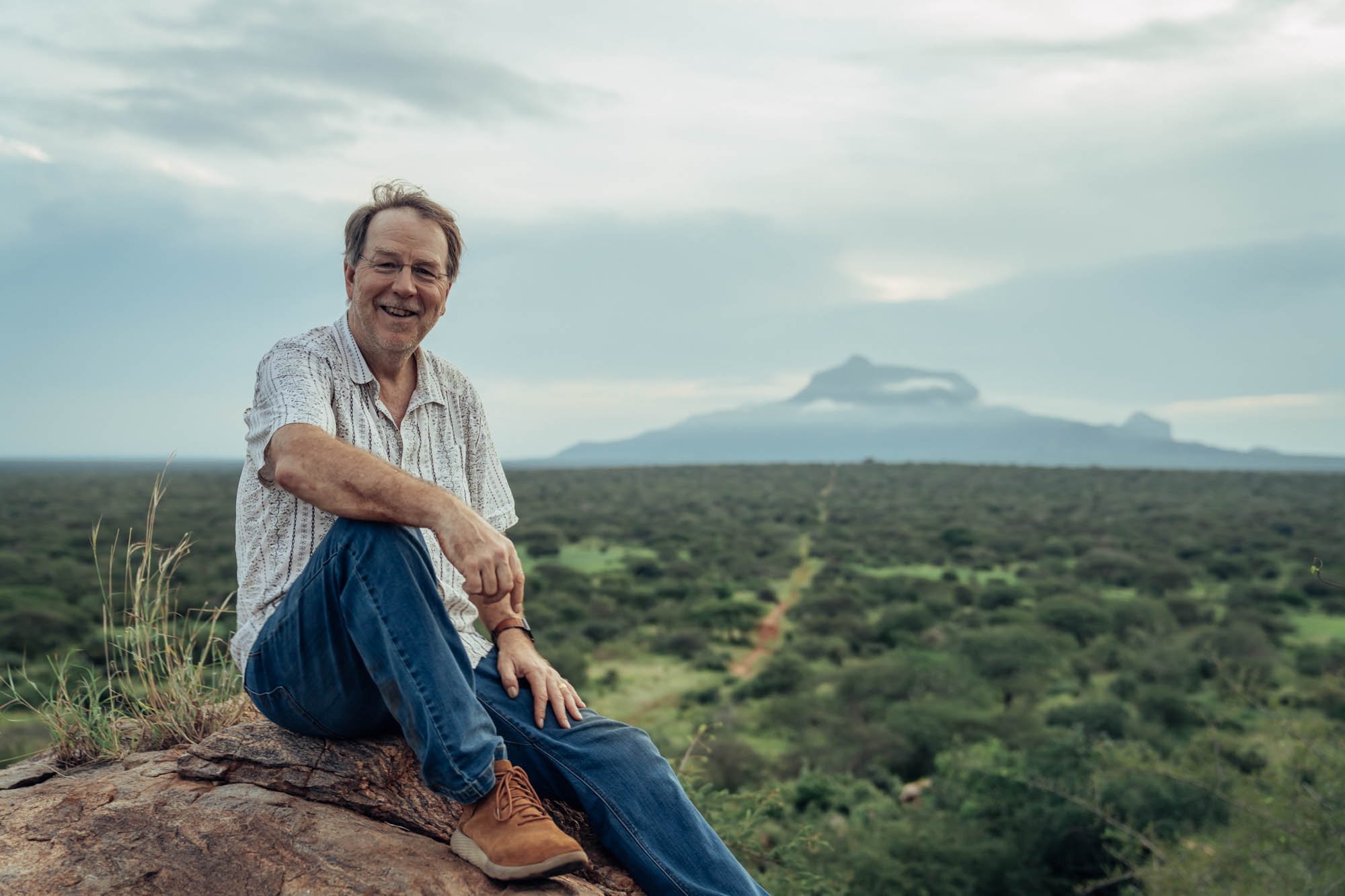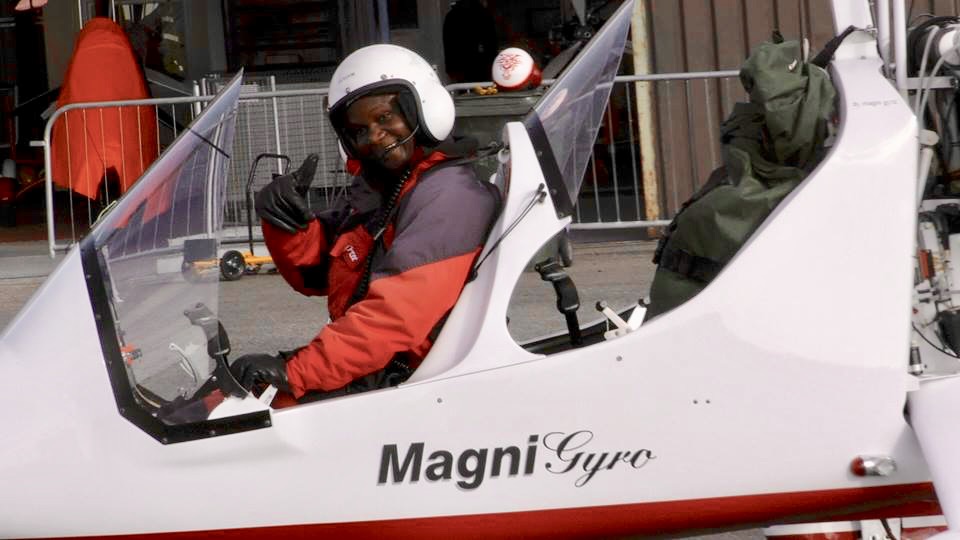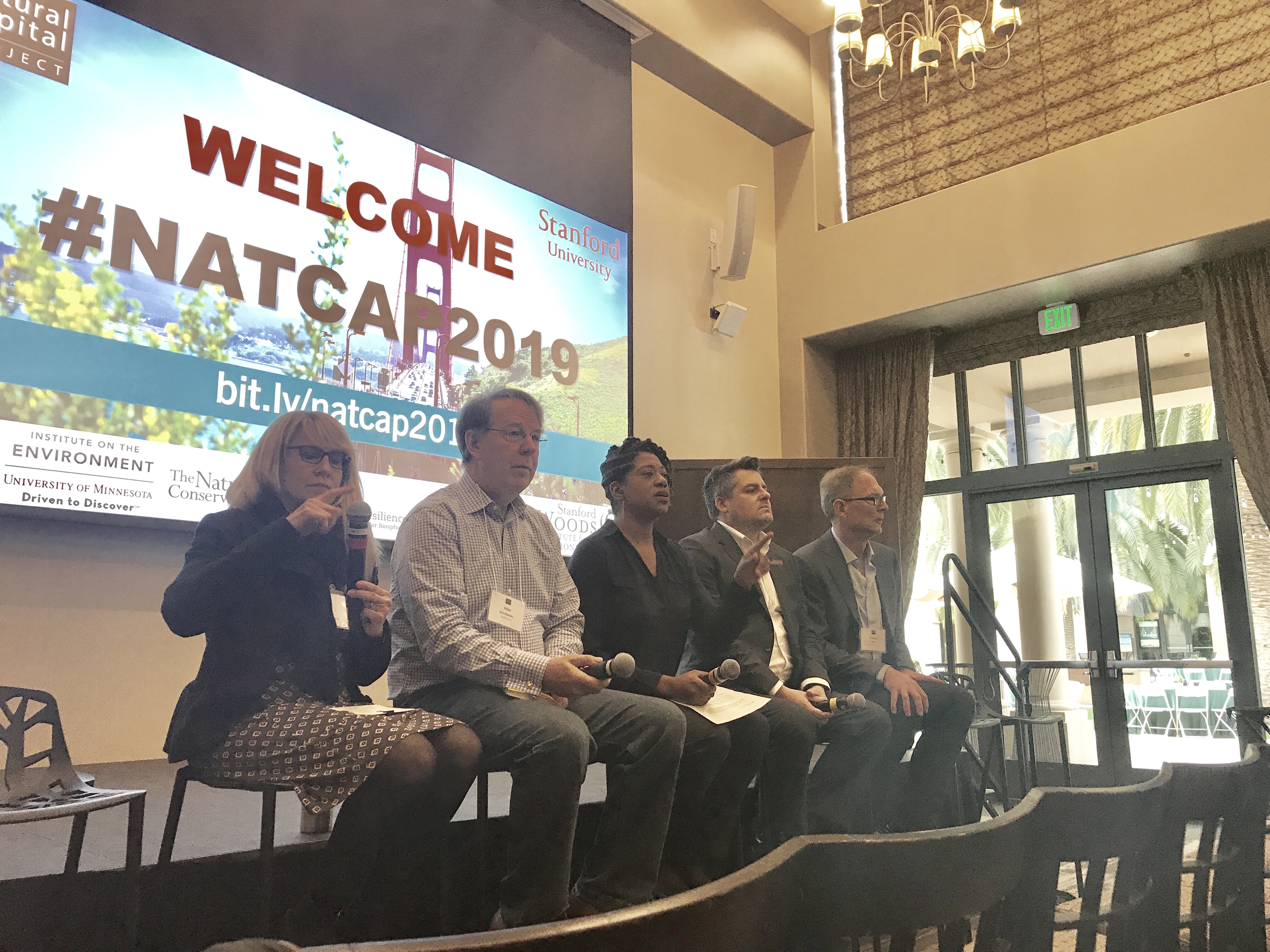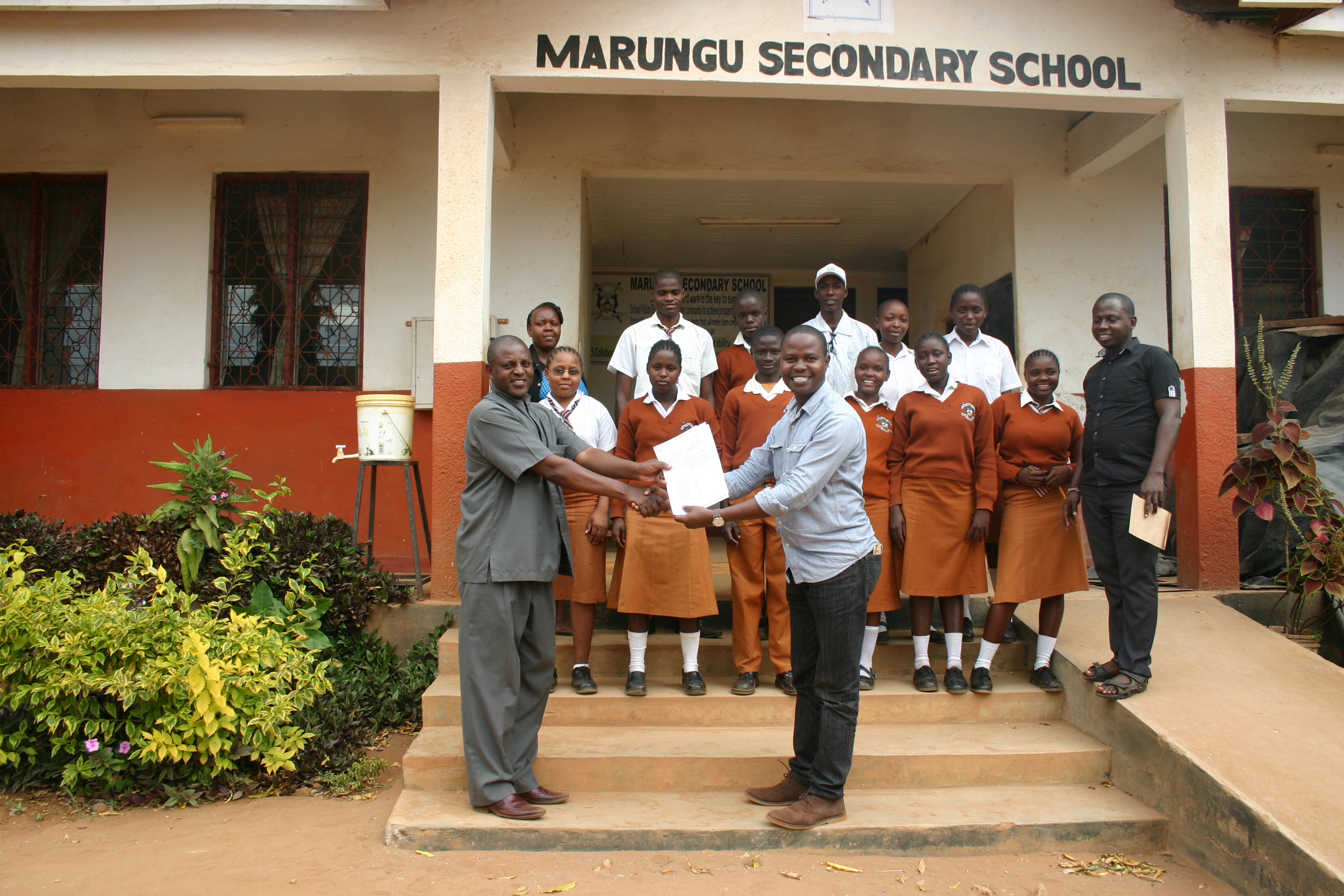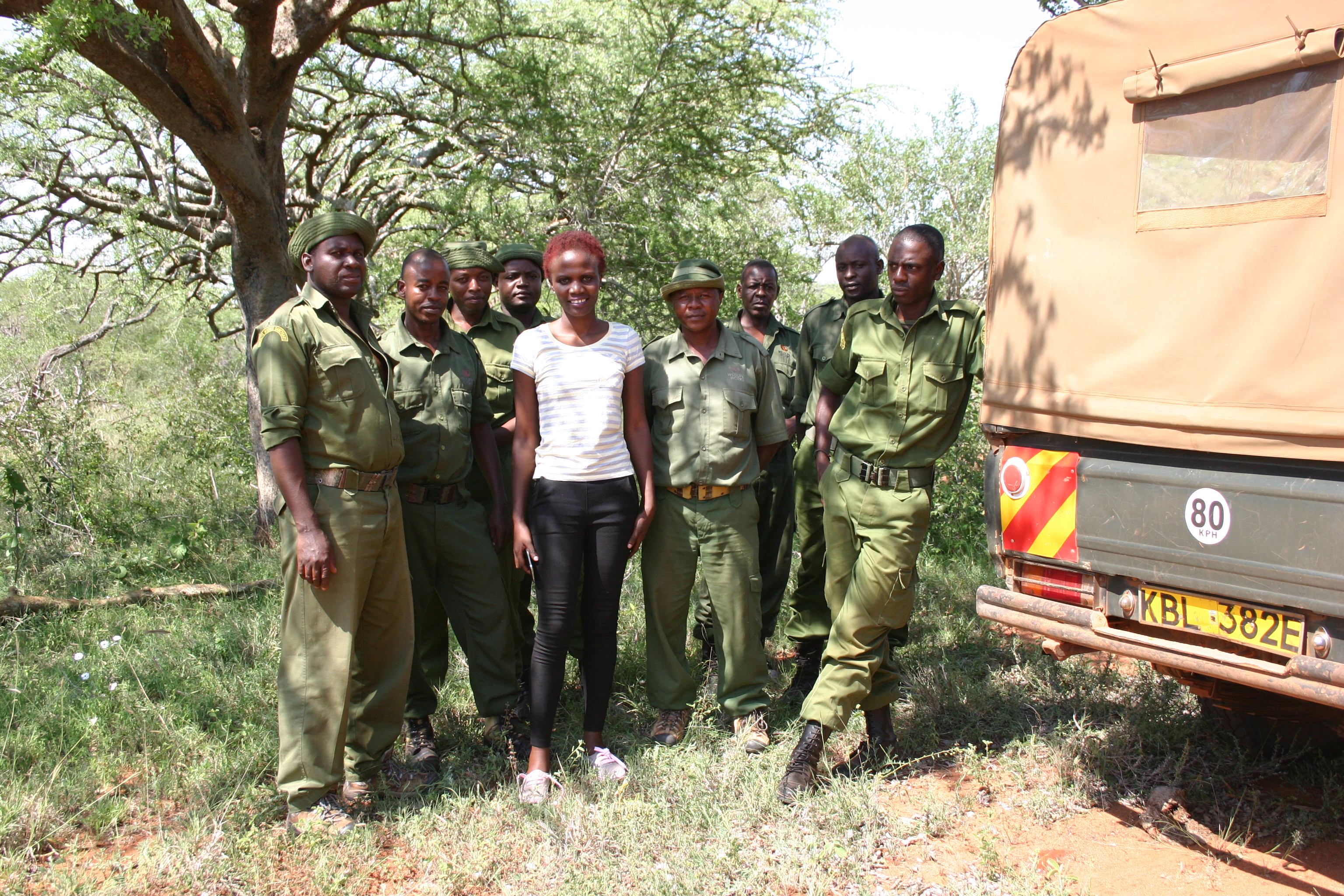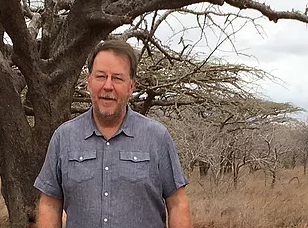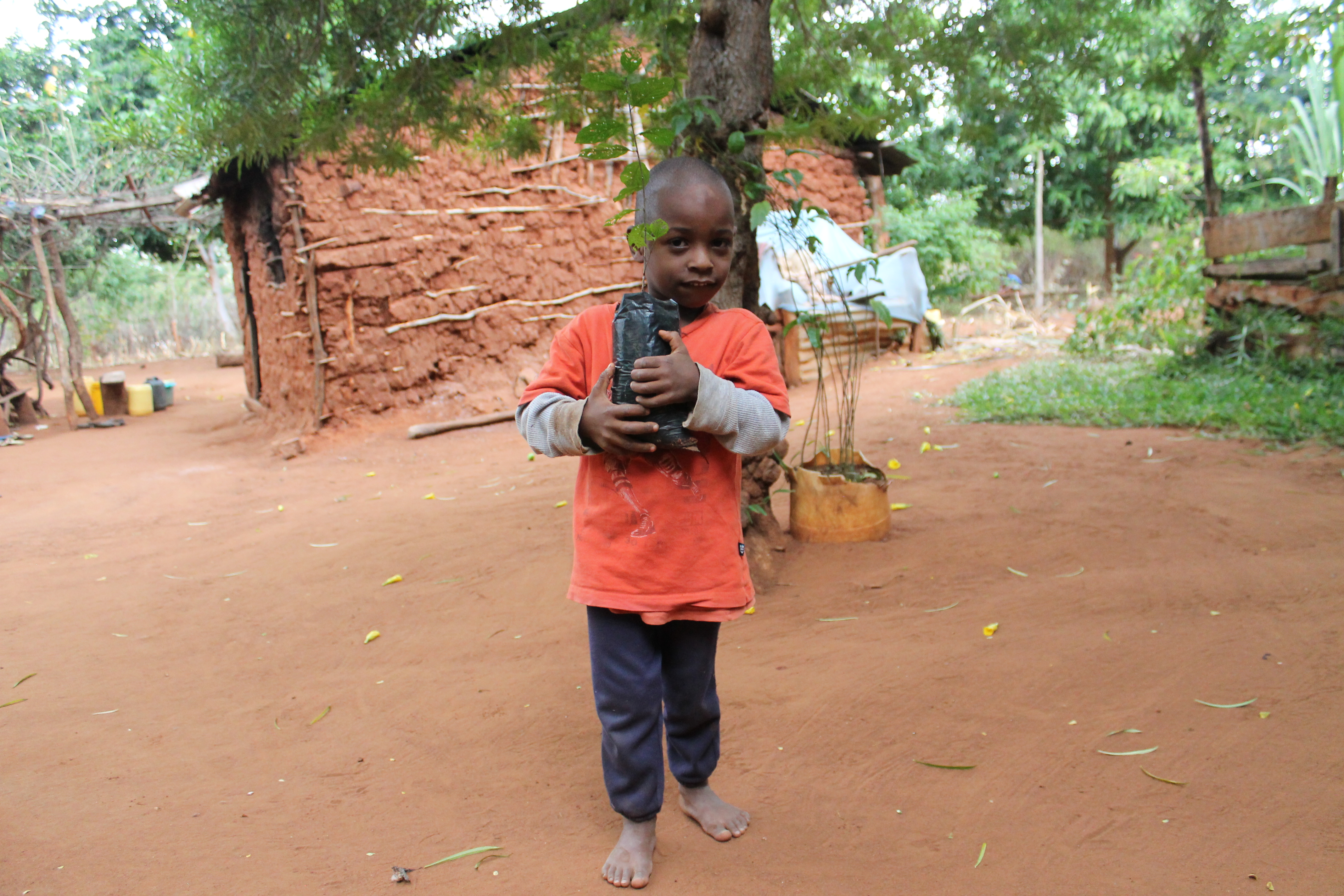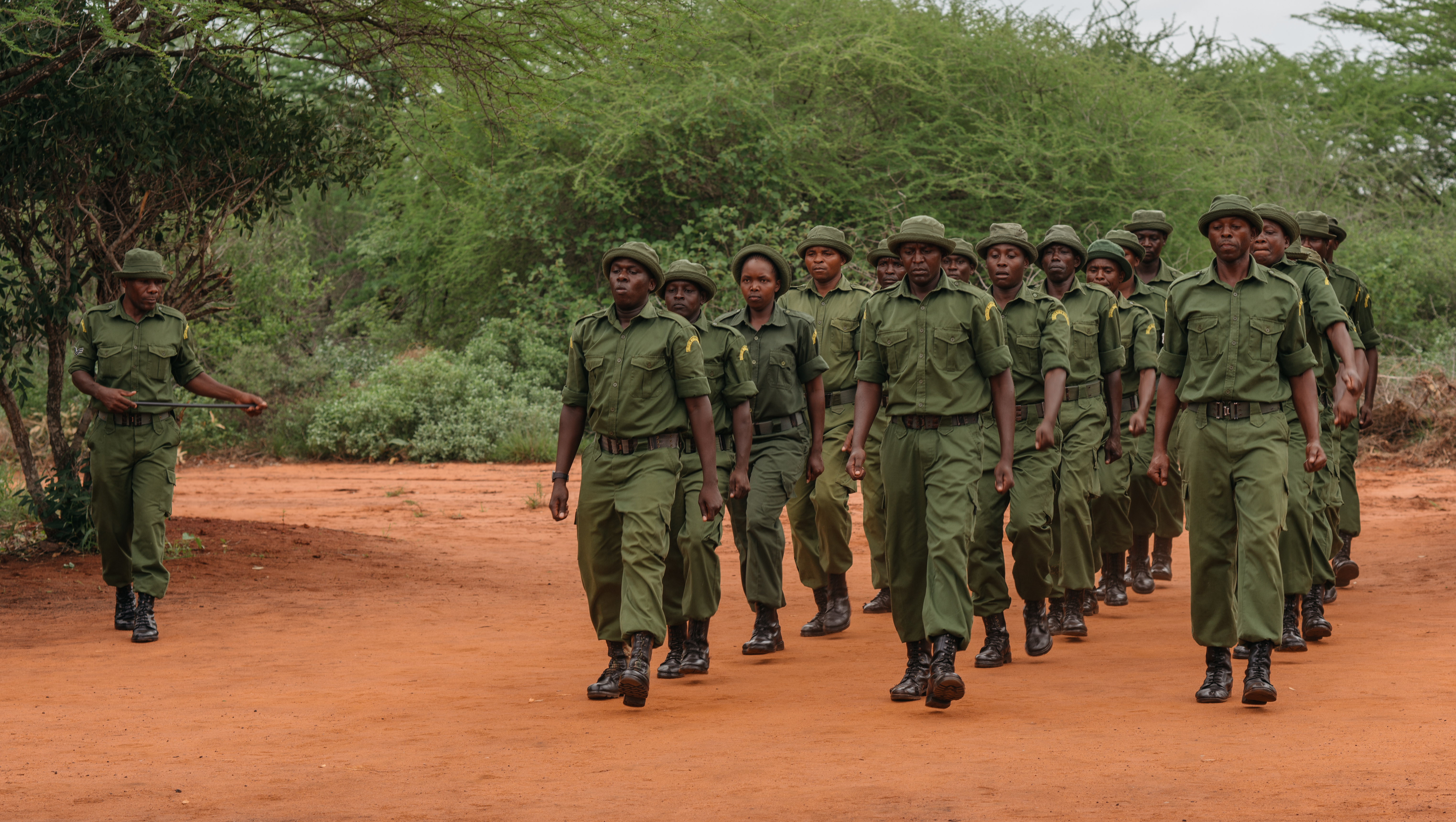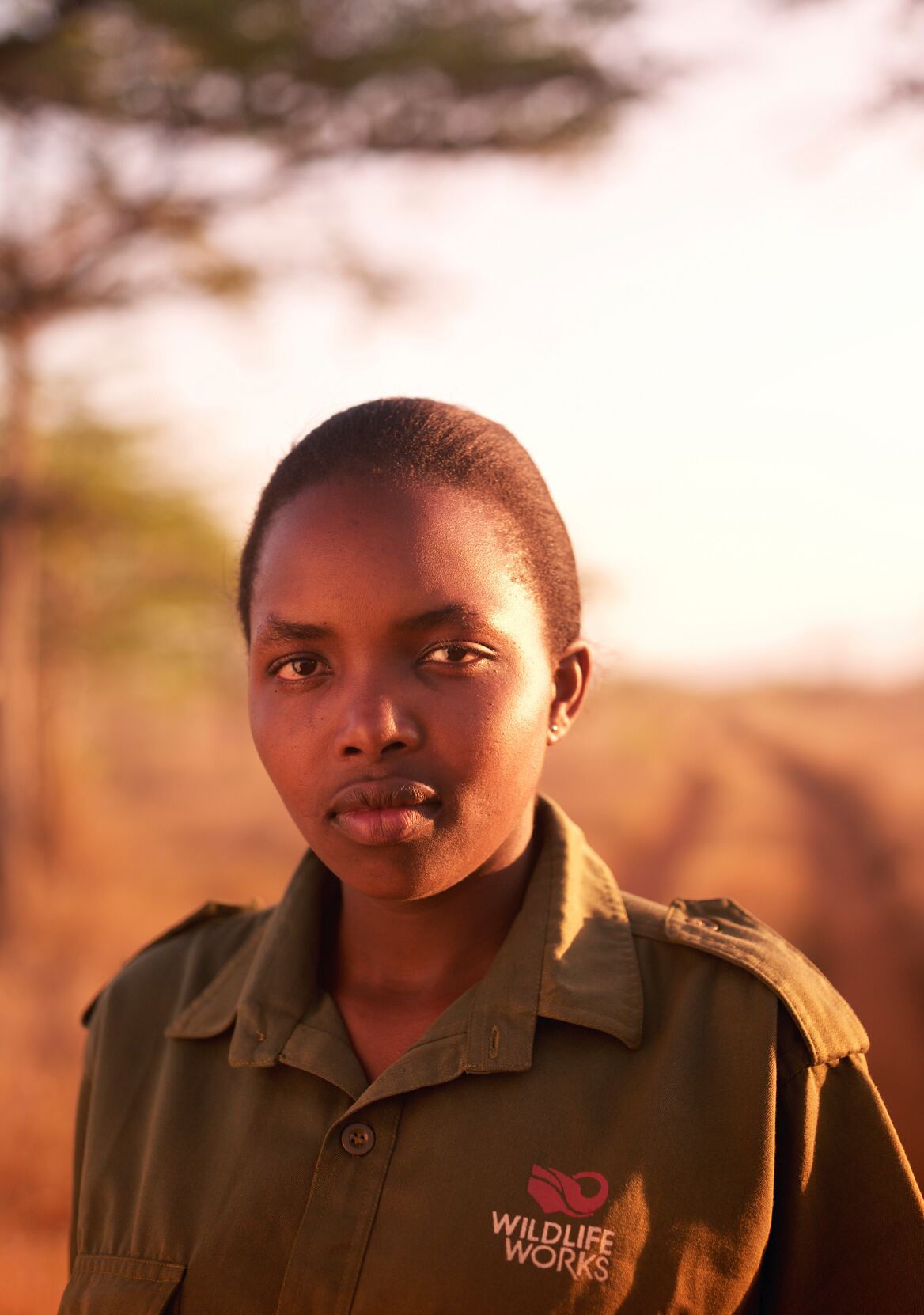Adventures in REDD+
-
Missing 6-year-old Boy Found Alive by Wildlife Works Rangers
By Jane Okoth When 6-year-old Harisson Olui was sent to collect firewood, he never imagined the unthinkable would happen. When we visited his home, the young boy was shaken. This is because he had been missing for four days, lost in Rukinga sanctuary, stuck without food or clean water and certainly scared for his life. His discovery was a conclusion of a thorough rescue operation comprising of Wildlife Works rangers, the aerial surveillance team and his community members. Harrison comes from a pastoralist community in Msharinyi location, part of Wildlife Works’ project area. According to his mother Upendo Natengene, eight children including Harrison had gone to collect firewood in a…
-
Women Learn How to Make Sustainable Charcoal
By Jane Okoth The reliance of charcoal and firewood as a primary source of cooking for most households puts immense pressure on indigenous trees, which are destroyed to accommodate energy needs. The Kasigau Corridor REDD+ Project area is no exception, as residents are dependent on trees for charcoal and firewood. UN Sustainable Development Goal 7 calls for access to affordable, reliable, sustainable and modern energy for all. Following this objective, Wildlife Works has developed sustainable charcoal using pruned branches from indigenous trees, which prevents the destruction of the trees and avoids traditional charcoal production methods. The project is based at Mackinnon, approximately 35km from our Head office in Maungu. Wildlife…
-
A Day in the Life of a Research Scientist at Wildlife Works
By Jane Okoth At Wildlife Works, the Biodiversity and Social Monitoring department plays a huge role in monitoring and reporting on the impact of the REDD+ project on biodiversity and communities living in the project area. Benard Amakobe, a Research Scientist at Wildlife Works gives us an insight into his typical working day at the department. Amakobe specializes in monitoring biodiversity impacts through conducting research and recording data. “My work procedure is a bit unusual. It would be a big bore if i were to do the usual 8:00 am to 5:00 pm stuff,” he says. Amakobe grew up in Nairobi, the capital city of Kenya, which has a population of…
-
Wildlife Works Rangers Rescue Lion from Poacher’s Snare
By Jade Cizeau, Wildlife Works Intern Jade spent a day with Wildlife Works rangers and witnessed the rescuing of a lion from a poacher’s snare. This is her story. It all began as a ranger patrol day in Rukinga. Early in the morning, Wildlife Works’ Head Ranger Eric Sagwe drove down to camp to pick up the rangers who were on duty for the day. All ready in their uniforms, the rangers jumped at the back of the green Landcruiser ready for their patrol “Rangers daily patrols are crucial for conservation”, explained Eric. There are 103 rangers dispersed in various camps based in different locations within the project area. They…
-
Mentoring Students in the Kasigau Corridor REDD+ Project
By Jane Okoth “If you hear about Wildlife Works, what is the first thing that comes to mind?” asks Fred Ouma, the Principal of Mzwanenyi Secondary School in Mwatate. “Bursaries,” one of the students quickly answers. “We have also partnered with Wildlife Works for a tree-planting program where they supply us with indigenous tree seedlings,” he adds. Mzwanenyi Secondary is a mixed boarding school located in Mwatate, one of Wildlife Works’ community locations. The school has a population of 178, with the majority of students coming from the surrounding area. Mzwanenyi Secondary is one of the many schools in the Kasigau Corridor REDD+ project area that has benefitted from Wildlife Works…
-
Capacity Building Programs for Women and Girls in the Kasigau Corridor
By Jane Okoth At Wildlife Works’ offices in Maungu, two women’s groups recently visited the project for a day of mutual knowledge sharing. As part of the visit the women were shown different departments including the eco-factory, soap factory, and printing factory, among others. After the tour, they all gathered at the greenhouse for a quick discussion with our Greenhouse Manager George Thumbi, after which the group received a demonstration from our greenhouse team on how to make a vertical garden. Women and girls living in our project area face a lot of challenges that are linked to gender inequality and cultural barriers. The United Nations Sustainable Development goal 5…
-
Where are the Gaps in Conservation Finance?
The rate of magnificent biodiversity loss and rampant destruction of our natural forests that accelerate climate change are now too severe to ignore. If we have any chance of saving ourselves from the most devastating effects of climate change, financing the protection of our natural places needs to scale up quickly. Wildlife Works’ founder Mike Korchinsky spoke on a panel to discuss the gaps and opportunities in conservation finance at Stanford’s Natural Capital Symposium. This panel reviewed the evolution of conservation finance, explored what’s not working and more importantly, what is working and what other innovative models have potential to reverse the negative trend. The panelists: – Marilyn Waite Program Officer,…
-
Boosting Reforestation Efforts in the Kasigau Corridor
By Jane Okoth In a tiny village, Juliana Karisa stood beside her house in anticipation as she watched a canter truck accompanied by Wildlife Works’ greenhouse team make its way through her compound. After a courteous greeting, she proceeds to direct the team to where the tree seedlings are located. The greenhouse team then loads the seedlings one by one into the truck under the close supervision of Greenhouse Supervisor Willy Kanyeki. Juliana and her family is one of hundreds of beneficiaries from the Kasigau Corridor REDD+ Project who have received cash in exchange for tree seedlings. In an effort to boost reforestation efforts in the region, Wildlife Works regularly…
-
Meet the Female Rangers Protecting the Kasigau Corridor REDD+ Project
By Jane Okoth In 2011, Wildlife Works opened its doors to its first female rangers who are now part of the 100+ ranger team currently working at our Kasigau Corridor REDD+ Project to protect wildlife and the environment from poachers and other illegal activities. Since joining Wildlife Works, these conservation rangers have gained valuable insight and experience on how to deal with poachers and other threats. This is their story. Constance Mwandaa “Before I joined Wildlife Works, I was not sure whether I would do what is traditionally seen as a man’s job,” says Constance Mwandaa. Growing up as a child, she enjoyed going on wildlife tours in school. This…
-
Wildlife Works Rangers Undergo Refresher Training
By Jane Okoth On a daily basis, Wildlife Works rangers go out on patrols to survey the area for anything suspicious such as snares, poachers and charcoal burners. The teams also collect data for the biodiversity monitoring team on any wildlife sightings. This kind of dedication is what it has taken to keep the 500,000 acres of the Kasigau Corridor REDD+ project protected. Despite these efforts, the rangers have to live with the fact they might come face to face with armed poachers, an inevitable threat that stresses the need for a well-trained team. In January 2018, Wildlife Works rangers with the support of Ranger Campus Foundation and Kenya Wildlife…

